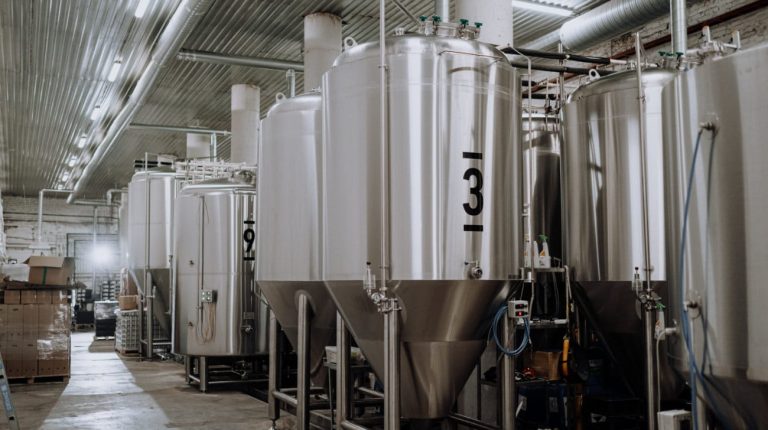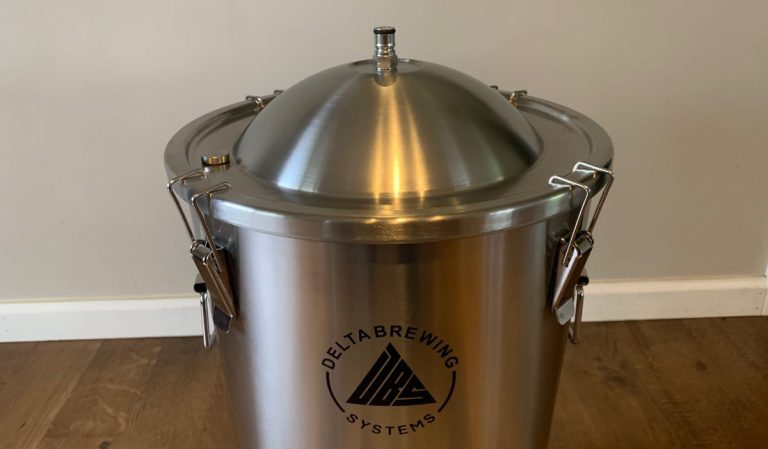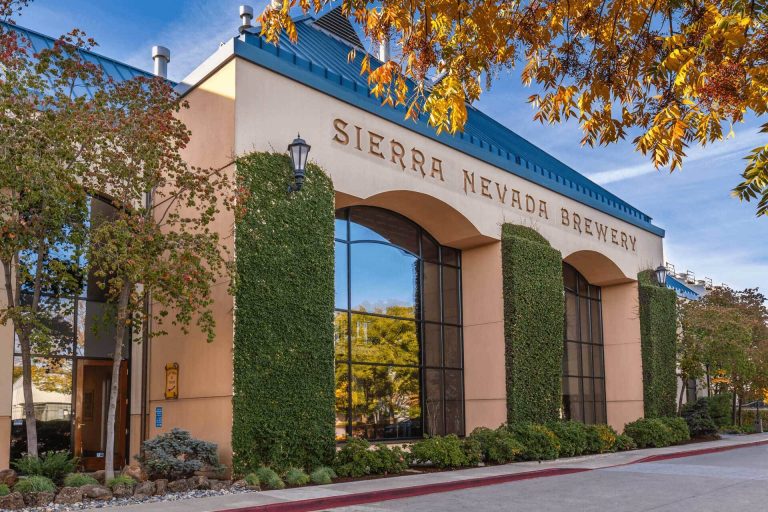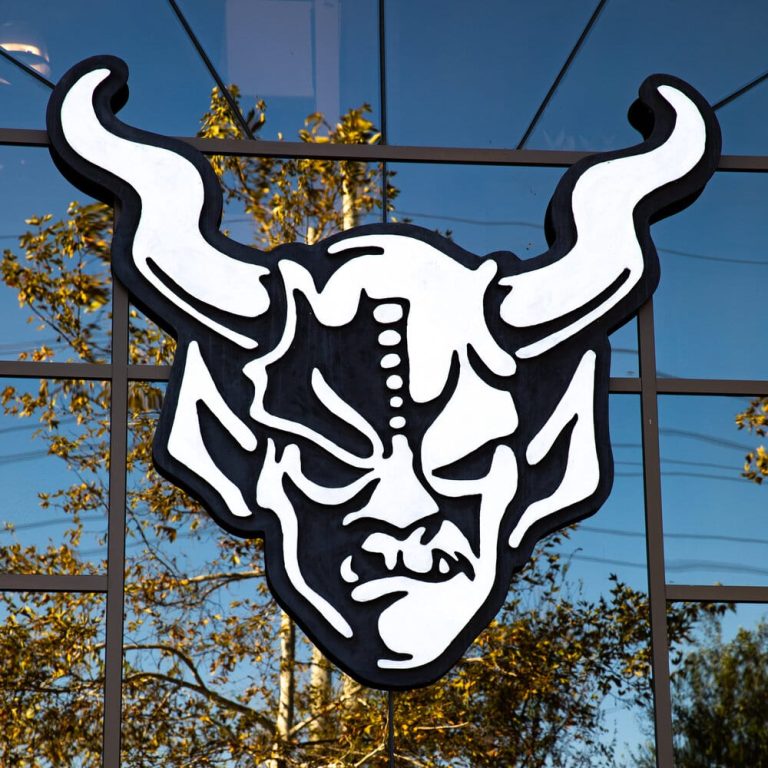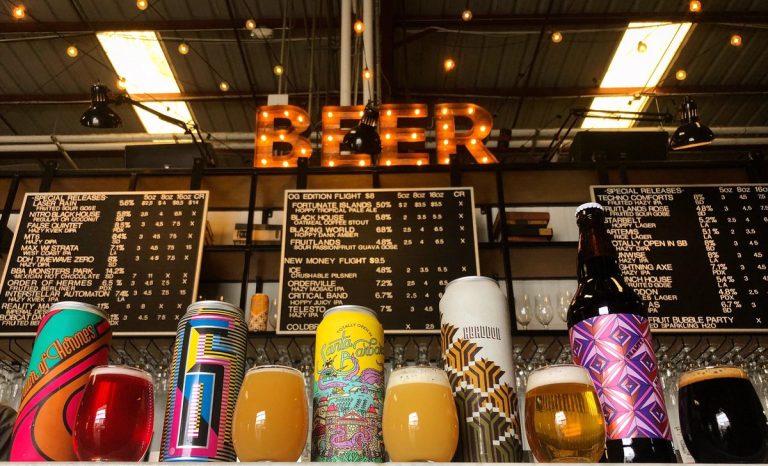Key Ingredients For Any Oktoberfest Beer
It’s about that time of year. If you are a homebrewer that has an affinity for fall, then you also probably love when Oktoberfest beers become available. Oktoberfest – or Märzen – used to be my favorite type of beer, bar none. It has since been overtaken by New England IPAs, but I still crave an Oktoberfest beer at fall time.
Seeing that we’ve amassed a huge database of beer ingredients, I wanted to throw together an article talking about all the various yeasts, hops and malts used in Oktoberfest beers.
Oktoberfest/Märzen Style
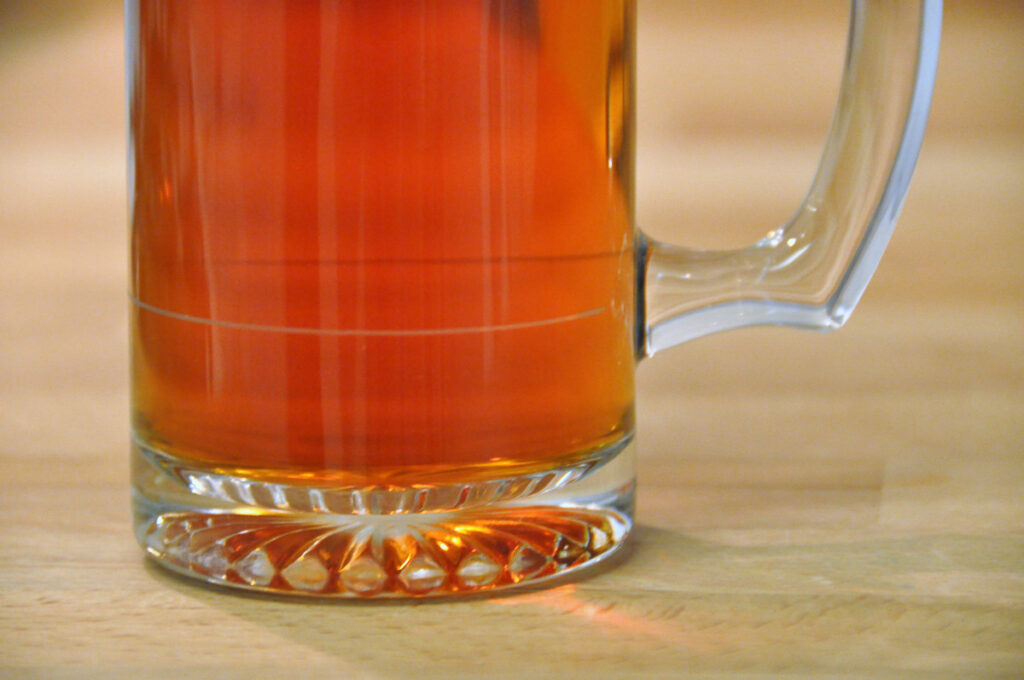
The style guidelines, state that a Märzenbier should have an amber-orange color, great clarity, slight sweetness, muted bitterness and a rich, toasty, bready malt flavor. Not surprisingly, to get the true style, all the ingredients should have a German origin.
The process of brewing a Märzen usually starts off with a 60-minute boil. Despite the complex flavor, usually there are no spice or other non-grain adjuncts added to Oktoberfest beers.
| IBU | SRM | OG | FG | ABV |
|---|---|---|---|---|
| 18 – 24 | 8 – 17 | 1.054 – 1.060 | 1.010 – 1.014 | 5.8% – 6.3% |
Oktoberfest/Märzen Yeast
Märzenbiers are a type of lager, so you’ll want to find a lager yeast, or also known by its Latin name Saccharomyces pastorianus. The yeast you choose should have low attenuation in order to leave some sweetness behind, and be able to bring out the nuances of the malt to help accentuate their unique flavors.
Many yeast manufacturers have their own strains specifically geared towards the making of Oktoberfest beers. We’ve listed the most popular ones below and a bit about their unique qualities.
- Omega Oktoberfest (OYL-107) – This is Omega’s premier Oktoberfest strain. It is a very slow fermenter, but finishes sweet and smooth and helps bring out the flavors of the malts.
- White Labs Oktoberfest Lager Yeast (WLP820) – White Labs created this yeast specifically for Oktoberfest beers. It leaves sweetness behind and promotes the flavors of the malts used. WLP820 also has a fairly high alcohol tolerance.
- White Labs German Lager Yeast (WLP830) – While this isn’t specifically for Märzens, it is their most popular lager yeast. It is a bit higher attenuator than WLP820, so it finishes very clean and crisp.
- RVA Yeast Labs Oktoberfest Lager (RVA-303) – RVA says that RVA-303 is a bock-style lager yeast that accentuates the maltiness of the beer.
- Wyeast Octoberfest Lager Blend (WY2633) – Wyeast’s version of the Oktoberfest yeast strain is designed to produce a rich, malty, complex and full-bodied beer. It attenuates well while leaving plenty of malt character and mouthfeel.
- Wyeast Bavarian Lager (WY2206) – Very similar to its sister WY2633, this Bavarian Lager strain is used by many German breweries to produce rich, full-bodied, malty beers.
- Fermentis SafLager German Lager Yeast (W-34/70) – This strain is probably the most popular dry lager yeast available. It attenuates higher than any of the others on this list, topping out at around 84%. It produces slight floral and fruity aromas and gives a good clean flavor.
- Fermentis SafLager German Lager Yeast (S-23) – This dry yeast strain originated from a brewery in Berlin, Germany. S-23 is recommended in the production of fruitier and more ester-friendly lagers.
Oktoberfest/Märzen Malts
To be true-to-style, all malt grains should be of German origin. Luckily there are a lot of American maltsters that do a good job recreating the classic German grain styles of Munich and Pilsner among others.
The most common base malts for Oktoberfest beers are pilsner and light munich malts, which usually account for about 80% of the grist. Most recipes split the base malt 50/50 between the two, so they end up with close to a 1:1 ratio.
On occasion, light munich malt is replaced with the darker version. However, dark munich is most often used in the adjunct portion of the grist. The remaining 20% of the grain bill usually consists of darker malts such as vienna, caramunich, melanoidin, aromatic, caramel/crystal or the previously mentioned dark munich. Commonly more than one of these adjunct grains are used, so they each take up between 5-10% of the grist.
Oktoberfest/Märzen Hops
In Oktoberfest beers, usually only 1-3 ounces of hops used, most at the start of the boil. This is in order to get the low IBU the style calls for. In about half the Oktoberfest recipes we surveyed, 1/3 of the hops were added as a late addition with anywhere from 20-10 min remaining in the boil.
Common hops used in Oktoberfest beers include Saaz, Hallertau, Hallertau Mittelfruh, Tettnanger, Hershbrucker and German Tradition. The common thread between all these hops are of course that they are either strictly German hops, or in the case of Saaz or Hallertau – originated from a German strain of the same name. These hops are key to getting the correct flavor of a Märzen.
Another quality they all share is the fact they are all extremely low in the alpha acids, with none topping 7%. Actually, the majority of the hops used are within the 3-5 AA% range, ensuring the IBUs stay very low.
Finally, if you inspect each of the hops we listed, you’ll notice they are almost all high on the pine, resin and spice flavors. Minimal flavors and aromas of citrus is the only fruit characteristic any of them have, while most also have very slight herbal or floral qualities.
Perfect Examples of Oktoberfest/Märzen Beer
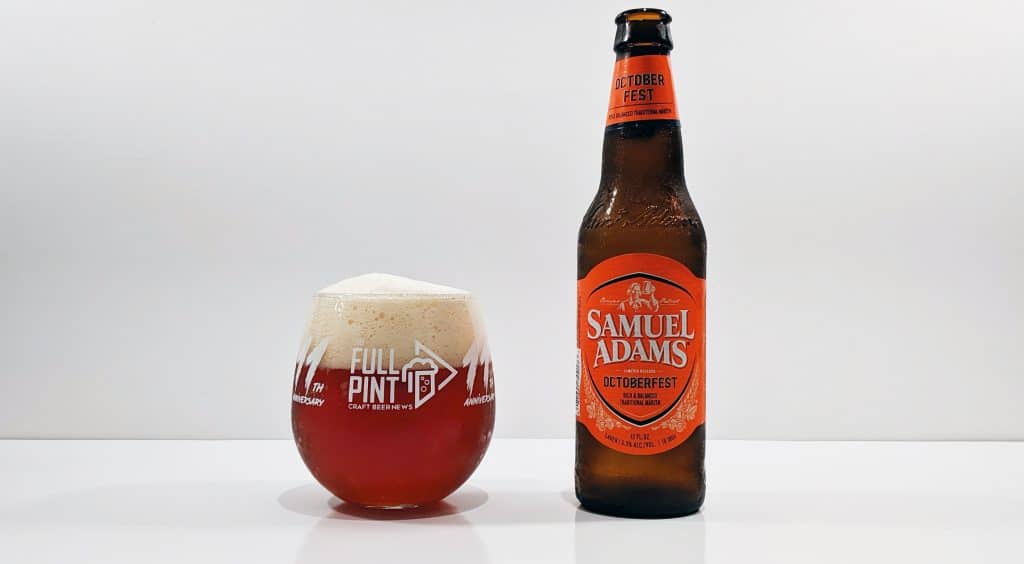
Living in Western Pennsylvania, I didn’t have a ton of options at my disposal, but Sam Adam’s Octoberfest was always a favorite of mine. It is probably the most widely-distributed in the US and easy to get version of an Oktoberfest style beer.
Other popular and available beers from craft breweries include Bell’s Oktoberfest, Yuengling Oktoberfest, Victory’s Festbeer, Shiner Oktoberfest, Brooklyn Oktoberfest and Avery’s “The Kaiser”.
BJCP lists Buergerliches Ur-Saalfelder, Hacker-Pschorr Original Oktoberfest, Paulaner Oktoberfest, Weltenburg Kloster Anno 1050 as top commercial examples of the Märzen style, but none of those are available where I live.
With the rise in craft brewing, your local brewery will likely have their version of the style starting in late August.
So grab an Oktoberfest beer that either you brewed yourself or found at your local store, throw some bratwurst sausages on the grill, listen to a little Rammstein and enjoy fall to the fullest.

